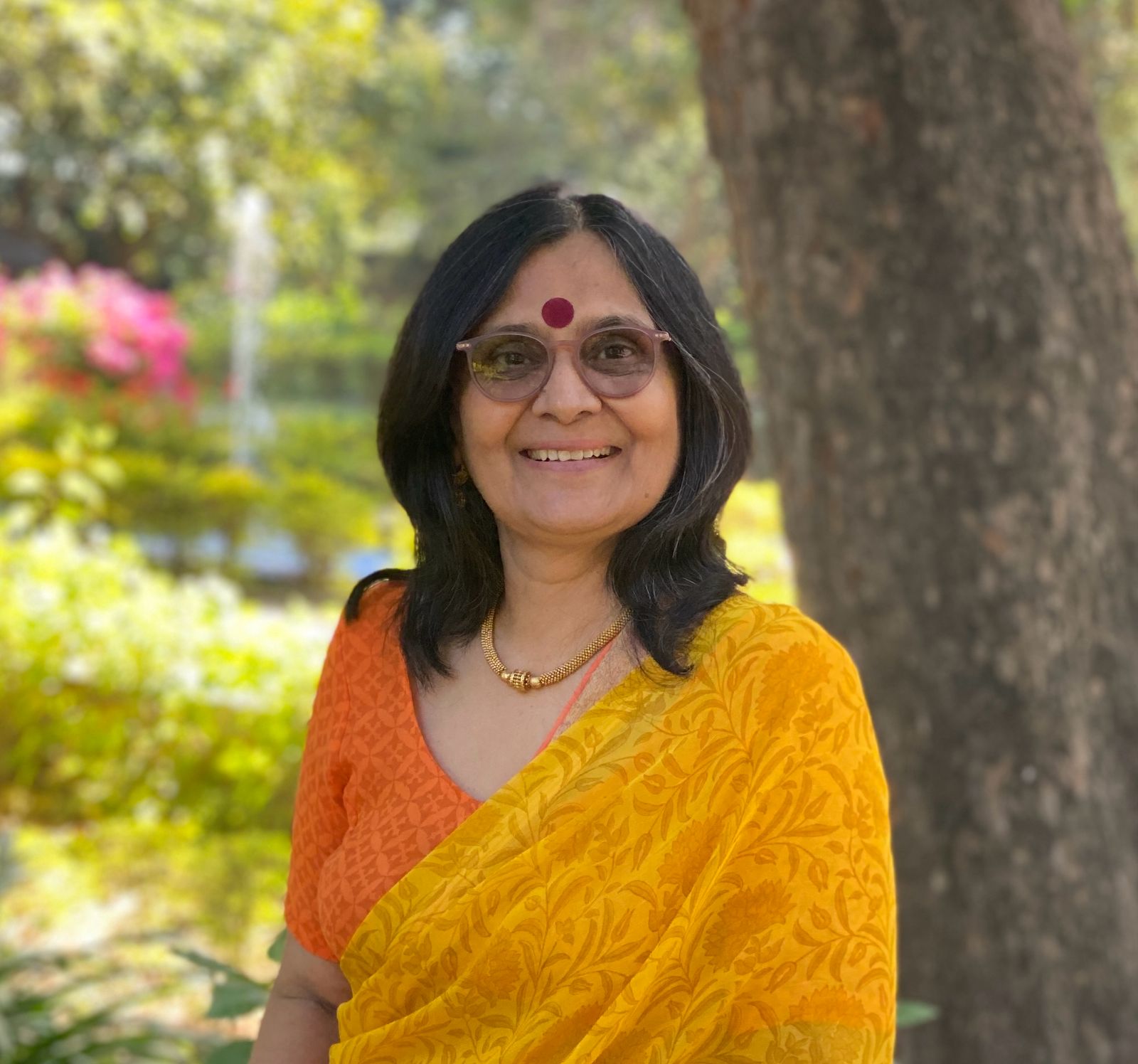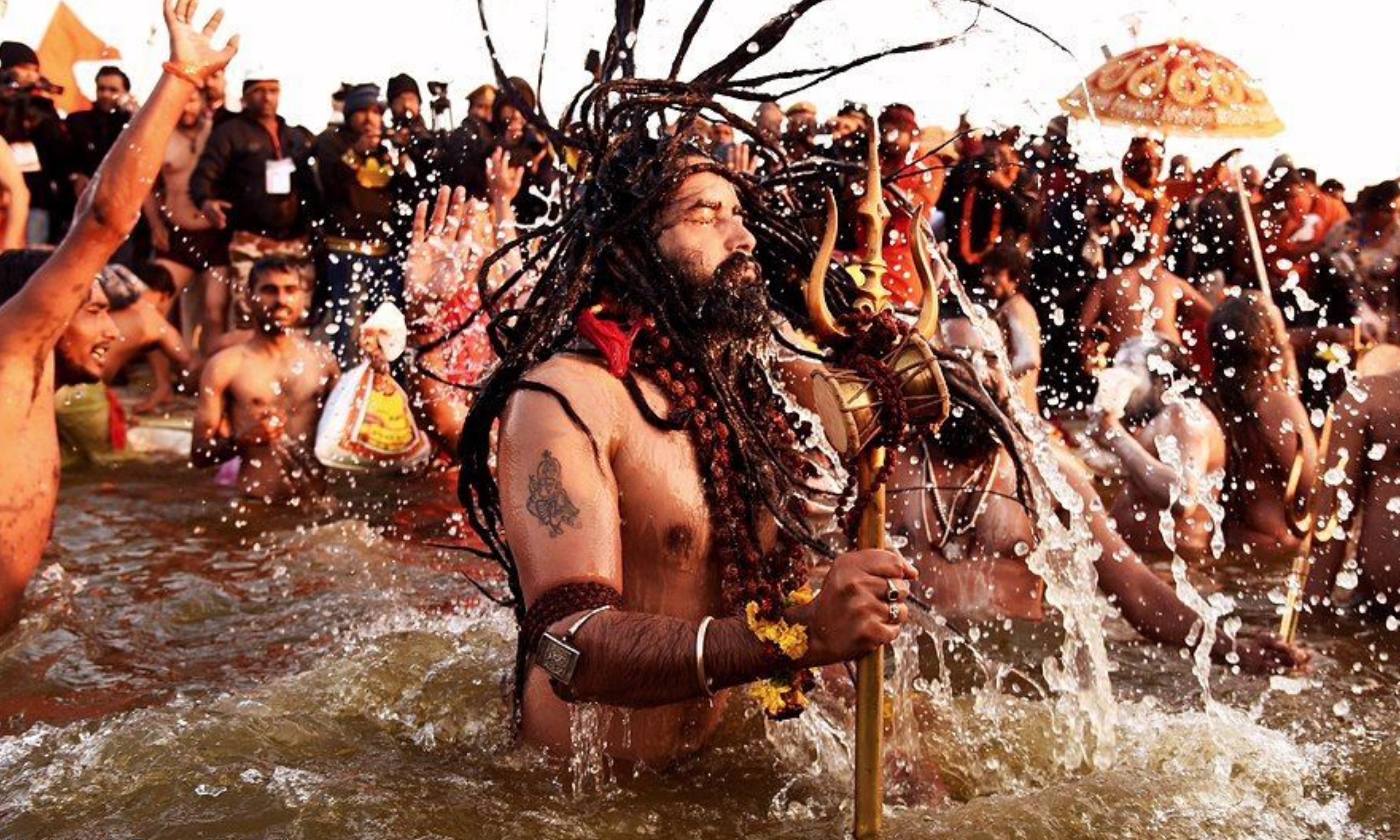The Maha Kumbh Mela, the world’s largest peaceful and the most fascinating religious gathering, is a celebration of faith, devotion, and spiritual unity. With roots deeply embedded in Indian mythology and history, the festival attracts millions of devotees, saints, and curious travellers from across the globe.
The origins of the Kumbh Mela can be traced back to ancient Hindu scriptures, particularly the Puranas. The legend of the churning of the ocean, or Samudra Manthan, forms the bedrock of the festival. According to mythology, the gods and demons worked together to churn the ocean to obtain the nectar of immortality, or Amrit. During the tussle that ensued, a few drops of this precious nectar fell at four locations on Earth: Prayagraj (Allahabad), Haridwar, Ujjain, and Nashik. These places became sanctified, and the Kumbh Mela is held in rotation at these four sites.
The term kumbh translates to pot, symbolizing the pot of nectar, while mela means fair or gathering. The timing of the event is meticulously calculated based on celestial alignments, particularly those of the Sun, Moon, and Jupiter, as described in ancient astrological texts. This celestial significance enhances the spiritual magnitude of the festival.
The Maha Kumbh Mela (also called Purna or full Kumbh) operates on a 12-year cycle. A smaller version, known as Ardha Kumbh (half Kumbh) is held every 6 years between two Maha Kumbh Melas at Prayagraj and Haridwar.
Source: Indian Express
The Prayagraj Kumbh Mela is particularly significant, as it is held at the Triveni Sangam, the confluence of three sacred rivers: the Ganga, Yamuna, and the mythical Saraswati. This confluence is believed to be a gateway to Moksha, or liberation from the cycle of life and death.
From January 13 to February 26, 2025, as pilgrims prepare for their journey to Prayagraj, they will engage in spiritual rituals and embark on an odyssey that transcends physical, cultural, and spiritual boundaries.
The heart of the Maha Kumbh Mela lies in its rituals, particularly the Shahi Snan or royal bath at the Triveni Sangam. On auspicious days determined by astrologers, millions of pilgrims immerse themselves in the holy rivers, believing that the act purifies their sins and grants spiritual blessings.
Another highlight of the Kumbh is the Peshwai procession, where Akharas (spiritual orders), particularly the Nagas, who are ascetic warriors, arrive in magnificent style on elephants, horses, and chariots, accompanied by devotional music and chants. These sadhus, often clad in ash and minimal clothing, represent renunciation and the pursuit of spiritual enlightenment.
Besides the ritual baths, the Kumbh Mela is a hub of spiritual discourses, cultural performances, and communal harmony. Scholars, philosophers, and spiritual leaders gather to engage in discussions, share knowledge, and inspire devotees. The atmosphere is alive with devotional music, chants, and the aroma of traditional food wafting through the air.
The Kumbh Mela’s legacy spans thousands of years, with references found in ancient scriptures and historical accounts. Early gatherings during the Maurya and Gupta periods laid the foundation for what has now become the largest spiritual congregation on Earth. Over time, the festival gained prominence, receiving royal patronage from dynasties such as the Guptas and Mughals. Emperor Akbar, for instance, acknowledged its significance by granting privileges to the Naga sadhus and ensuring the event’s continuity.
During the medieval period, the Kumbh Mela flourished under the patronage of the Chola and Vijayanagar empires, reflecting its enduring importance. In the colonial era, British administrator James Prinsep documented the festival with fascination, detailing its ritualistic practices, the vast congregations, and the socio-religious dynamics at play, providing valuable insights into its evolution and resilience.
Post-independence, the Kumbh Mela became a symbol of national pride and India’s spiritual heritage. UNESCO’s recognition of the Maha Kumbh Mela as an Intangible Cultural Heritage in 2017 further underscored its global significance.
The grand festival also draws attention to the intrinsic link between cosmic cycles and human existence. Ancient sages identified specific locations where natural energies converged, often at the confluence of rivers, creating an environment conducive to spiritual growth. This understanding reflects the deep scientific and spiritual knowledge embedded in Hindu traditions.
The Maha Kumbh Mela is more than a ritualistic gathering; it is a timeless journey into the depths of spirituality. It highlights humanity’s enduring quest for inner peace, unity, and self-realization. The festival transcends religious and cultural boundaries, offering a universal message of faith and interconnectedness.
For pilgrims, it is a chance to cleanse not just the body but also the soul. For international visitors, it is an opportunity to witness the vibrancy of India’s spiritual traditions and the profound wisdom of its scriptures.
The Maha Kumbh stands as a testament to the survival and evolution of ancient traditions in an era of modernization.

Sunita Pant Bansal is a renowned mythologist, storyteller, and author with a career that spans over four decades. Throughout her journey, she has worn many hats, excelling as a writer, editor, publisher, and entrepreneur.
Her latest book A Comprehensive Guide to Indian Scriptures focuses on the profound knowledge and ideas embedded within the texts of Hinduism. Whether exploring the Vedas’ universal truths, the Upanishads’ metaphysical insights, or the cultural narratives of the Itihasas, this guide provides a roadmap for navigating Hinduism’s intellectual and spiritual landscape.


Comments